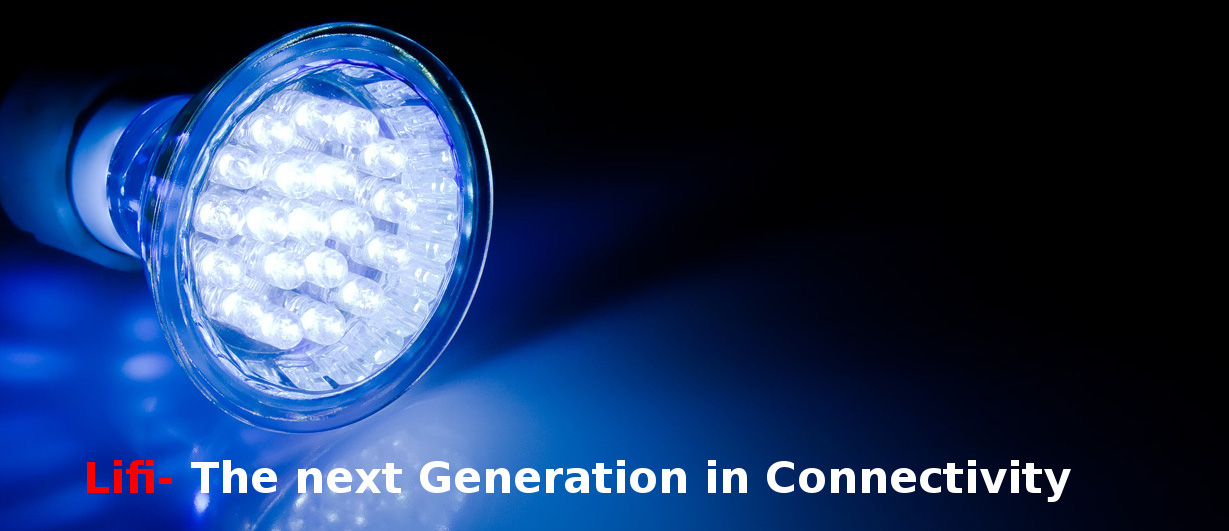
Technology and innovations have revolutionized the way we live and they in fact made our life easy. Earlier people used to communicate by writing mails and wait for months to get a reply. Currently, we have audio/ video conferencing features at our finger tips in the form of mobile / other hand-held devices. The other important thing that is required is connectivity either through mobile network or wireless. Ever since the introduction of wireless networks, the cost of internet has also come down. Recent reports stated that connectivity will be redefined in the next stage of evolution.
Light Fidelity or LiFi is what we are talking about. Professor Harald Haas, from Edinburgh University introduced LiFi to the world during a TED talk in 2011. Since then LiFi is believed to be the future of connectivity. When general WiFi uses radio frequency spectrum to provide connectivity, LiFi technology is based on the transmission of data through Visible Light Communication system (VLC) and Optical Wireless Communications (OWC). Although light based data transmission has been used for connectivity earlier, it was never advanced to the level of LiFi. By research it will get more advanced and is proven to be hundred times faster than the normal WiFi. As per the latest reports, the current data speed of LiFi is around 220 GB/s.
Among the Electro Magnetic Spectrum, the Visible light spectrum is comparatively a safe option for data transmission, while compared to alternatives such as Infrared, Gamma, Ultraviolet etc., which are harmful to the human body. This concept is the base of LiFi and it is possible with the usage of LED lights. The small size, high durability and extremely low operating speed requirement of the LED lights made it the optimum choice. LED lights can be modulated in extremely high speeds, so that the flickering cannot be detected by human eyes. The same flickering of the LED light is now used to transmit the data, using the strings of binary codes (0 and 1). For implementing LiFi, what is required is an LED and a controller to code the data, which needs to be transferred.
In short, data transfer can be done through the medium of LED lights. Wireless internet provided by LiFi can be applied on areas which come under the vicinity of light. This can surely make a revolutionary impact in the telecommunication industry and it is sure that LiFi will break the conventional methods of data transfer and maximum data transfer speed at comparatively lower costs. The possibilities and applications of LiFi are still unknown, and we can surely hope to get more details along with the progress of the research.



